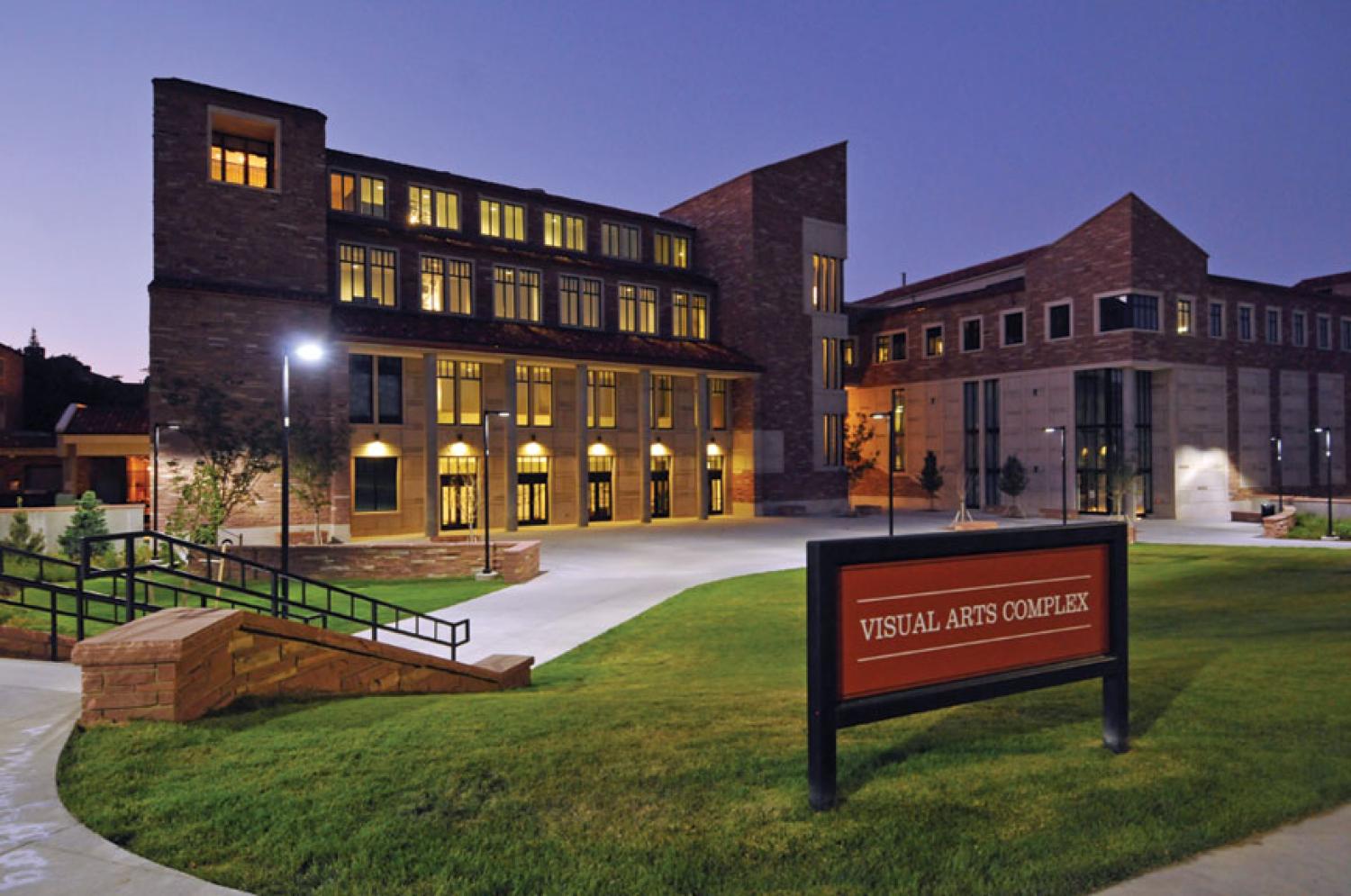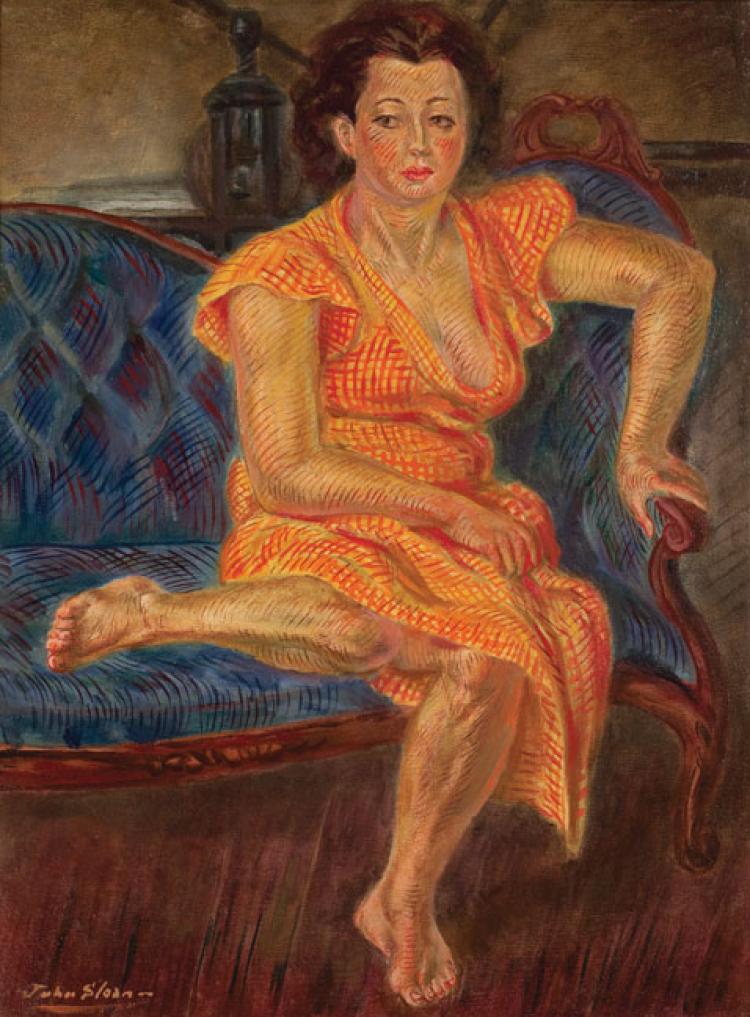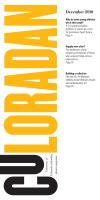
Dedicated Sept. 24, the Visual Arts Complex houses the CU Art Museum, below right, which contains the largest university art collection in the state of Colorado and the only public art collection in Boulder. Photo by Glenn Asakawa
What do an ancient Roman glass vessel from 300 AD and a painting by 20th century Mexican artist Diego Rivera have in common?
They are part of more than 6,000 works of art that make up the CU Art Museum’s Permanent Collection. Documenting over 3,000 years of human civilization, the collection’s objects have long been kept from public view because of lack of gallery space.
However, this fall the 170,000-square-foot, $63.5 million Visual Arts Complex opened where the Sibell Wolle Fine Arts building stood, providing storage and galleries for one of the most significant art collections in the American West. Started in 1939, the collection includes works in a variety of media from a diverse array of epochs and cultures.
Home to the CU Art Museum and to the art and art history department, the complex has studios, classrooms, lecture halls and wood and metal shops.
“The complex will be an arts destination in the Rocky Mountain West,” says Todd Gleeson, dean of the College of Arts and Sciences. “These facilities will enable the university to bring in traveling exhibits the likes of which Boulder has never had.”
Through the generosity of donors, the Permanent Collection continues to grow. Here are some highlights.

The Flight into Egypt was completed around 1630 in tempera and oil on wood. Jan Brueghel the Younger was from a line of painters including his father Jan Brueghel the Elder, after whom he painted detailed landscapes and allegorical scenes. The Brueghel and van Balen families were longtime collaborators, living on the same street in Brussels, Belgium. For this piece van Balen likely painted Mary, the Christ child and accompaniments, and Brueghel probably focused on the landscape. Gift of William M. Goodrich. Photo by Jeff Wells.

Unidentified artist, Bamana peoples, Malian This untitled male antelope headdress made of wood, called ci-wara, is from 20th century Mali, West Africa, and represents a mythical antelope thought to teach humans the ways of agriculture. Associated with ritual dance, the ci-wara merge human fertility with that of the earth. Purchased with the Carnegie Fund. Photo by Nick Havholm.

Unidentified artist, Chinese This limestone seated Buddha from the 5th or 6th century represents an early style of a sculpture from the Longmen Caves. The grottoes are located south of present day Luoyang in Henan province and, along with the Mogao and Yungang cave temples, is one of the three most important Buddhist sculpture sites in China. Given by the estate of Mary Tanenbaum in honor of Ann Tanenbaum. Photo by Jeff Wells.

Pierre Lacour, French The Fish Pond at the Villa Montalto, Rome, was painted around 1770 with leadpoint pen and ink with wash on paper. The portrayal of a 16th century villa built for Cardinal Montalto (later Pope Sixtus V) captures an important period in Roman life. Purchased with the Carnegie Fund.

Zhang Xiaogang, Chinese This lithograph and silkscreen on paper, Big Family, 2007, is inspired by family photos of the Cultural Revolution along with the European tradition of surrealism. Based on the concept of the Confucian family, the father and daughter are represented in an expressionless androgyny that can be read as either spiritual enlightenment or utter detachment. From the Bloodline: The Big Family series; purchased with funds provided by Nancy Maron and CU Art Museum benefactors. Photo by Jeff Wells. © Zhang Xiaogang.

John Sloan, American Bare Legged Girl in Orange Check Dress is oil on canvas from 1936. John Sloan was part of an artistic group known as The Eight who were associated with the Ashcan School, a Realist movement of the early 20th century best known for portraying scenes of daily life in New York City’s poorer neighborhoods. Sloan, however, changed his style in the late 1920s in favor of nudes and portraits, focusing on layers of transparent colors. Gift of John Stratton. Photo by Jeff Wells. © Delaware Art Museum 2010, Artists Rights Society.






